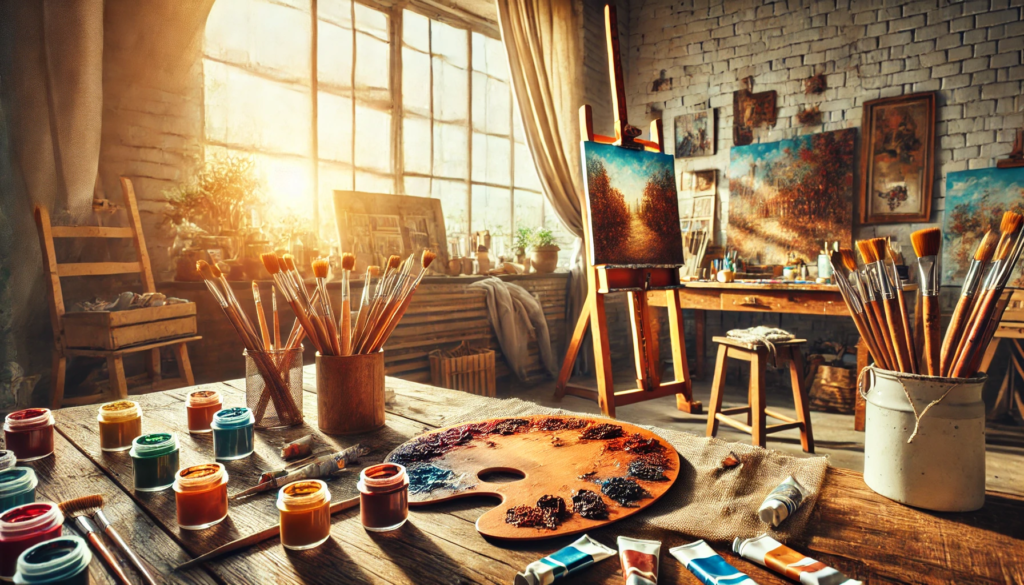If you’ve ever wondered how to make brown paint, you’re in the right place. Whether you’re an artist, a DIY enthusiast, or just someone looking to mix the perfect shade, this guide will walk you through the process step by step.
Brown is a versatile color that can be created in multiple ways, and understanding the basics will help you achieve the exact tone you need.
Why Learn How to Make Brown Paint?
Brown is a neutral color that’s essential in many art projects, home decor, and even fashion. Instead of buying pre-made brown paint, mixing your own allows you to customize the shade to suit your needs.
Plus, it’s a fun and educational process!
Methods to Make Brown Paint
1. Using Primary Colors
The simplest way to make brown paint is by mixing the three primary colors: red, blue, and yellow. Here’s how:
- Start with equal parts of red, blue, and yellow paint.
- Mix them thoroughly until you achieve a rich brown shade.
- Adjust the proportions to create lighter or darker tones. For example, add more yellow for a warmer brown or more blue for a cooler tone.
2. Using Complementary Colors
Another effective method is to mix complementary colors, which are opposite each other on the color wheel. For brown, you can mix:
- Orange and Blue:
Combine these two to create a deep, earthy brown. - Red and Green:
Mixing these will give you a warmer, reddish-brown hue. - Yellow and Purple:
This combination results in a softer, muted brown.
3. Using Black and White for Shading
Once you’ve created your base brown, you can adjust its tone by adding black or white:
- Add a small amount of black to darken the brown.
- Mix in white to lighten it for a tan or beige effect.

Tips for Perfect Brown Paint
- Start Small:
Begin with small amounts of paint to avoid wasting materials. - Use a Palette:
A paint palette or mixing tray helps you blend colors evenly. - Experiment:
Don’t be afraid to try different combinations to find your ideal shade.
Common Mistakes to Avoid
- Overmixing:
This can make the color muddy. Mix just enough to achieve a consistent tone. - Using Too Much Black:
Adding too much black can overpower the brown, making it look gray. - Ignoring Proportions:
Always measure your paint ratios to maintain consistency.
Applications of Brown Paint
Brown paint is incredibly versatile. Here are some common uses:
- Art Projects:
Perfect for landscapes, portraits, and still-life paintings. - Home Decor:
Use it for furniture, walls, or accent pieces. - Crafts:
Ideal for DIY projects like pottery, canvas art, or seasonal decorations.
External Resources for Further Learning
If you’re interested in exploring more about color theory or painting techniques, check out these resources:
People also ask:
Final Thoughts
Learning how to make brown paint is a valuable skill for anyone interested in art or DIY projects. By understanding the basics of color mixing, you can create endless shades of brown to suit your needs.
So, grab your paints, start experimenting, and enjoy the creative process!
